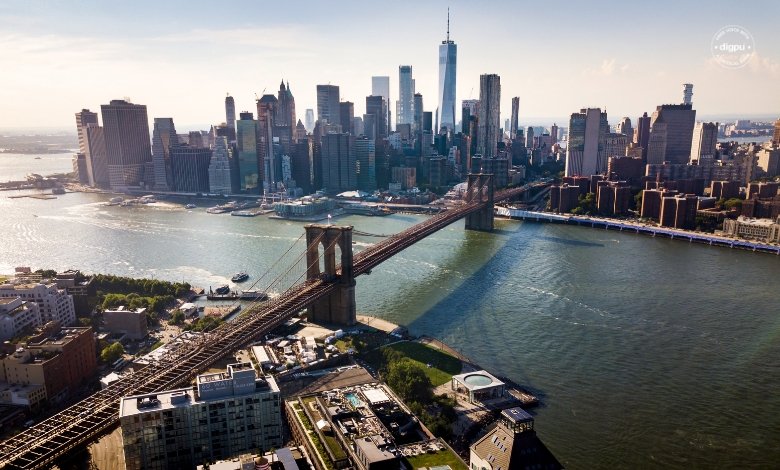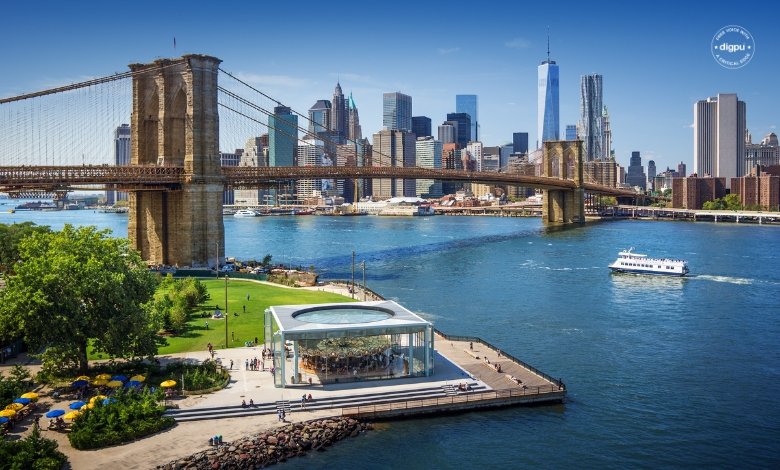The Brooklyn Bridge, connecting Lower Manhattan and Brooklyn Heights, opened on May 24, 1883. Known for its iconic stone arches, the bridge supports six lanes of vehicles and a shared pedestrian and bicycle path. It remains a symbol of innovation and resilience, facilitating the movement of over 116,000 vehicles, 30,000 pedestrians, and 3,000 cyclists daily.
Today, 141 years ago, on May 24, 1883, the Brooklyn Bridge, an architectural marvel of its time, was opened to traffic, connecting Lower Manhattan and Brooklyn Heights. This landmark event marked a significant milestone in engineering and urban development in the United States, showcasing advancements in bridge construction and design. The bridge’s innovative use of steel-wire suspension and its impressive span made it the longest suspension bridge in the world at the time.
Engineering Feats and Challenges

Designed by John A. Roebling and completed by his son Washington Roebling, the Brooklyn Bridge faced numerous challenges during its construction. Tragically, John Roebling passed away due to an accident during the early stages, and Washington Roebling took over the project. Despite falling ill and becoming bedridden, Washington continued to oversee the construction from his home, using a telescope to communicate with onsite engineers. The construction involved innovative techniques, including the use of caissons to lay the foundations underwater, which was a pioneering effort at the time.
The Brooklyn Bridge is known for its iconic stone arches and supports six lanes of vehicles, excluding trucks, along with a shared pedestrian and bicycle path. The total length of the bridge and its approaches is 6,016 feet, with a main span of 1,595.5 feet and a clearance of 135 feet at the center.
Urban Development and Economic Impact

The opening of the Brooklyn Bridge played a crucial role in the urban development of New York City. It facilitated easier and faster movement between Manhattan and Brooklyn, significantly boosting trade and commerce. As of 2018, the bridge supports an average of over 116,000 vehicles, 30,000 pedestrians, and 3,000 cyclists each day. The bridge also contributed to the population growth in Brooklyn as it made commuting more convenient. This infrastructural enhancement helped integrate Brooklyn more closely with the rest of New York City, paving the way for its eventual incorporation into the greater metropolitan area.
Cultural and Historical Significance

Over the years, the Brooklyn Bridge has become an iconic symbol of New York City and American ingenuity. It has been featured in numerous films, books, and artworks, symbolizing progress, resilience, and the spirit of innovation. The bridge stands as a National Historic Landmark, attracting millions of visitors each year who marvel at its design and the breathtaking views it offers of the New York skyline.
Conclusion
The opening of the Brooklyn Bridge on May 24, 1883, was more than just an engineering triumph; it was a catalyst for urban development and a symbol of human determination and innovation. As we reflect on this historic day, we celebrate the visionaries who dared to dream big and the workers whose labor made that dream a reality. The Brooklyn Bridge continues to inspire and stands as a testament to the enduring spirit of New York City.


